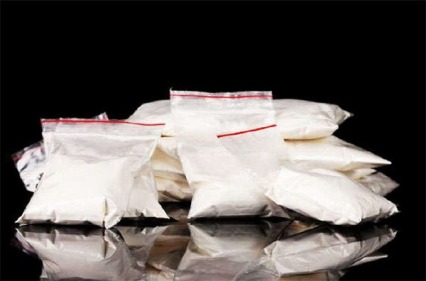A report that more than a third, 36.4 per cent, of students in junior and senior high schools in the country have experimented with various substances calls for a national conversation.
If that does not point at a proclivity of the students to drug abuse then what is it?
In a social media driven age, the outcome of the study is not surprising. Students on the aforementioned rung of the academic ladder are exposed to an overwhelming volume of foreign materials through smart phones. From pornographic materials to drug abuse, children have a wide range of videos to view.
While some are fortunate not to be hooked, others eventually begin the regrettable journey to addiction through experimentations.
The smoking of cigarettes, shisha, and consumption of alcoholic beverages are at the beck and call of JHS and SHS students on the blind side of their parents and teachers.
As to whether or not the trend can be halted entirely can only be determined by sociologists and other experts.
In spite of the inherent challenges in the way of ridding our schools of the negative habits, we must not be discouraged.
Even scaring is the fact that girls are not spared some of the substance consumption pastimes. According to the ‘Consultative Committee to Combat Drug Menace in Schools’, the source of the report, about 72.7 per cent of girls use pain relievers, while 34.3 per cent use shisha. Both of the foregone have addictive elements, their repercussions on the health of the users definitely negative.
For many, the survey report is an eye-opener about a creeping danger. All must be concerned about the issue given the negative fallouts from drug abuse on society.
The US and others are struggling to contain the drug abuse anomalies within their borders. It appears too late; the statistics of the already hooked persons having reached a staggering statistics in those countries.
We are just on the threshold of the anomaly and are therefore more primed to reduce to the barest minimum the incidence or even eliminate it.
Parents should be observant about their children when they are at home. Both day and boarding students should be monitored so unusual behaviour on their part will be noticed.
It would be easier monitoring the junior high school kids since all of them are day students who return home at the end of the day.
Teachers too have a role to play in this regard. They are in a better position to notice inappropriate behaviour from students and to take the necessary remedial action.
Periodic meeting between parents and teachers will go a long way in ensuring that students conform to acceptable conducts.
The time to act is now and so we hope that the Ghana Education Service (GHS) will intervene with appropriate responses.
We cannot afford to have drug abuse become a norm among our students at all levels.

